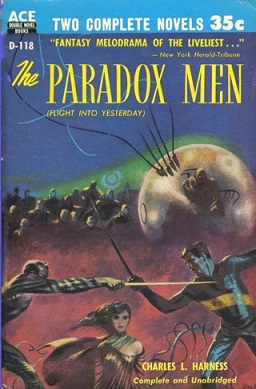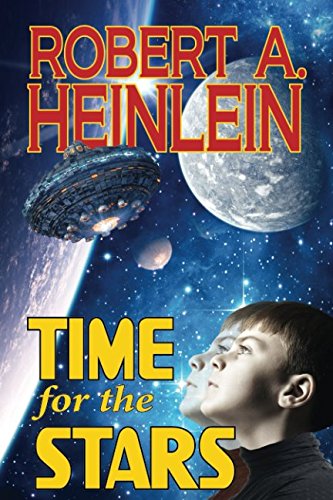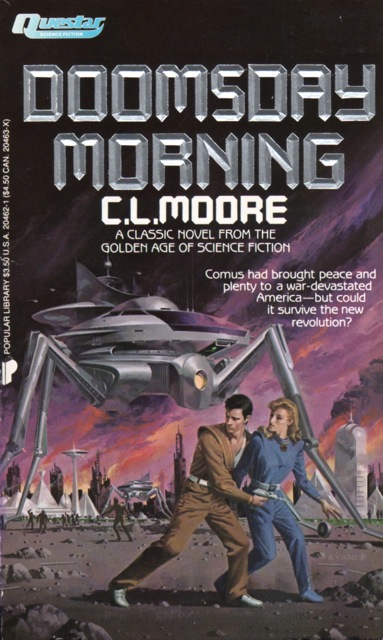By John Hertz: We’ll discuss three Classics of Science Fiction at Loscon XLVIII, to be held November 25-27, one discussion each. Come to as many as you like. You’ll be welcome to join in.
Our operating definition is “A classic is a work that survives its own time. After the currents which might have sustained it have changed, it remains, and is seen to be worthwhile for itself.” If you have a better definition, bring it.
Each of the three is famous in a different way. Each may be more interesting now than when first published. Have you read them? Have you re-read them?
Charles Harness, The Paradox Men (1953)

Five crises have fused the Americas together; the Imperator is dead, leaving his widow Imperatrix Juana-Maria Chatham-Perez; there’s aristocracy, and a Society of Thieves rigorously trained who steal from the rich to buy freedom for slaves. Dueling. Research stations on the Sun. A star-drive is being tested, based on the square root of -1 and an acceleration of several million gravities. The hero doesn’t know who he is.
Robert A. Heinlein, Time for the Stars (1956)

The Long Range Foundation starts looking for identical twins – because a very few have proved to be telepathic – and rigorous tests can’t find that telepathy takes any time – so it looks promising for messages from starships traveling light-years away. The ships go. There are adventures. Eventually there are consequences – indirect ones – fruitful ones.
C.L. Moore, Doomsday Morning (1957)

Where others rant, this author lights a lantern: looking, as a Star Trek fan sang, at both sides now. Or more. Moore shows her fictional society, its fictional technology, through the human element; always the human element. And we learn why the actor-director protagonist is told he has to put on his play without changing the script even a little.
